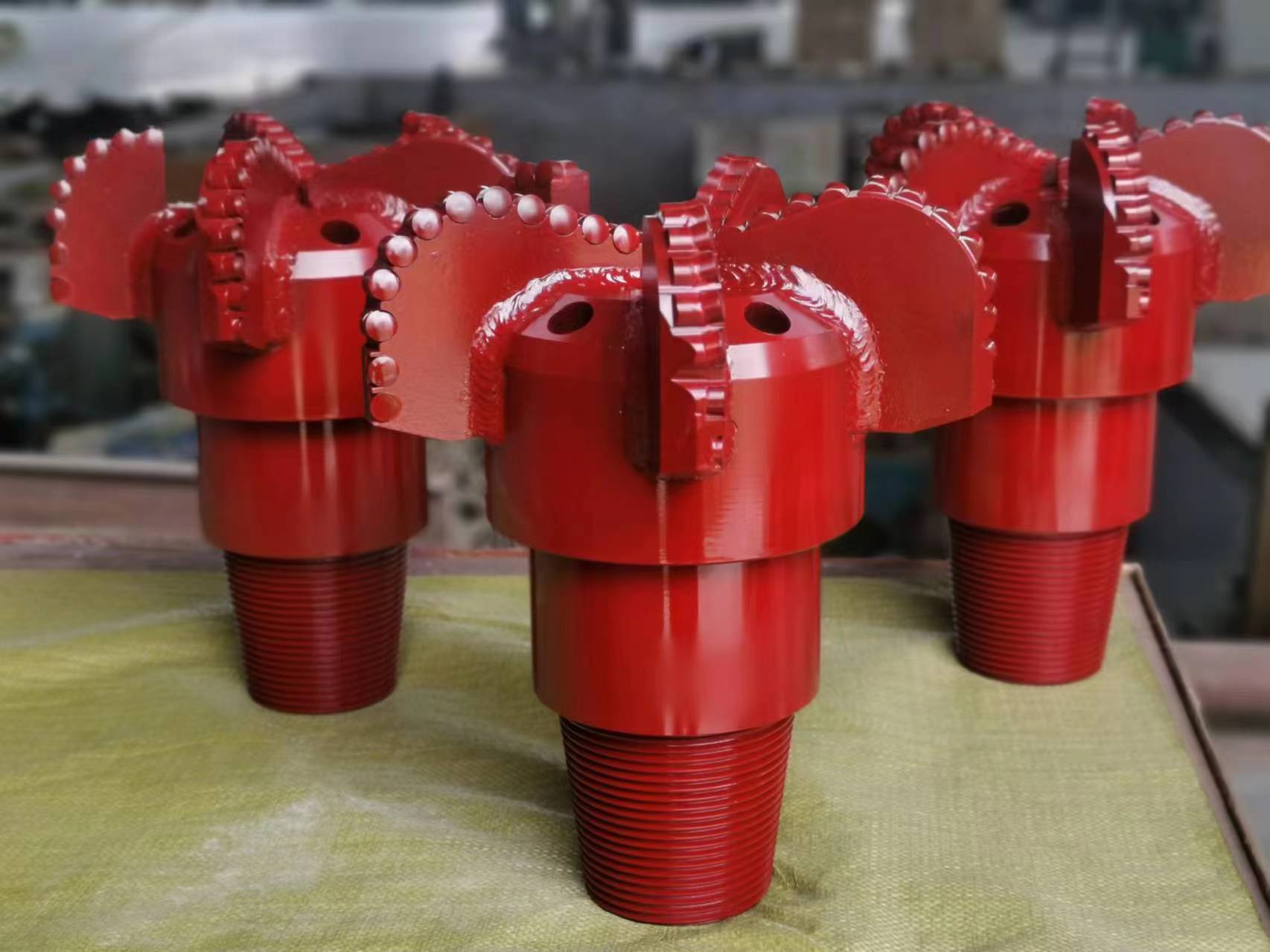When drilling through formations that include both sandstone and mudstone, the choice of drill bit depends on various factors such as the specific characteristics of the formations, drilling objectives, and operational conditions. Here are some considerations for selecting the appropriate drill bit:
Formation Characteristics: Evaluate the dominant formation type and its properties within the interval being drilled. If the sandstone intervals are more prevalent and abrasive, a PDC (Polycrystalline Diamond Compact) drill bit would be advantageous due to its ability to handle abrasive formations efficiently. However, if the mudstone intervals pose challenges such as instability or high plasticity, a roller cone bit with enhanced cutting structure might provide better performance.
Drilling Objectives: Consider the drilling objectives, such as optimizing drilling speed, maximizing bit durability, or minimizing drilling costs. If the primary goal is to achieve high penetration rates while drilling through sandstone sections, a PDC bit might be preferred. Conversely, if maintaining bit longevity and stability while drilling through softer, more unstable mudstone formations is crucial, a roller cone bit with appropriate features could be more suitable.
Bit Performance in Mixed Formations: Some drill bit designs are specifically engineered to perform well in mixed lithology environments. Hybrid bits, for example, combine features of both PDC and roller cone bits to provide versatility and performance across different formations. Such hybrid bits might be a viable option for drilling through formations with varying lithologies like sandstone and mudstone.
Operational Considerations: Take into account operational factors such as drilling parameters, equipment availability, and the drilling environment. If the drilling operation requires high steerability and control, particularly in directional drilling applications, a PDC bit might offer better performance due to its directional drilling capabilities and stability.
Cost Considerations: Evaluate the overall cost-effectiveness of each drill bit option, considering factors such as initial bit cost, drilling efficiency, rate of penetration, and potential for reduced non-productive time. While PDC bits often offer higher drilling speeds and longer run life in abrasive formations, roller cone bits might be more economical for certain applications or drilling programs.
Ultimately, consulting with drilling engineers and specialists, conducting thorough formation analysis, and considering the specific requirements of the drilling operation will help in making the best choice between PDC and roller cone drill bits when encountering mixed sandstone and mudstone formations.


 news-CBT Rock PDC Bit Manufacturer
news-CBT Rock PDC Bit Manufacturer